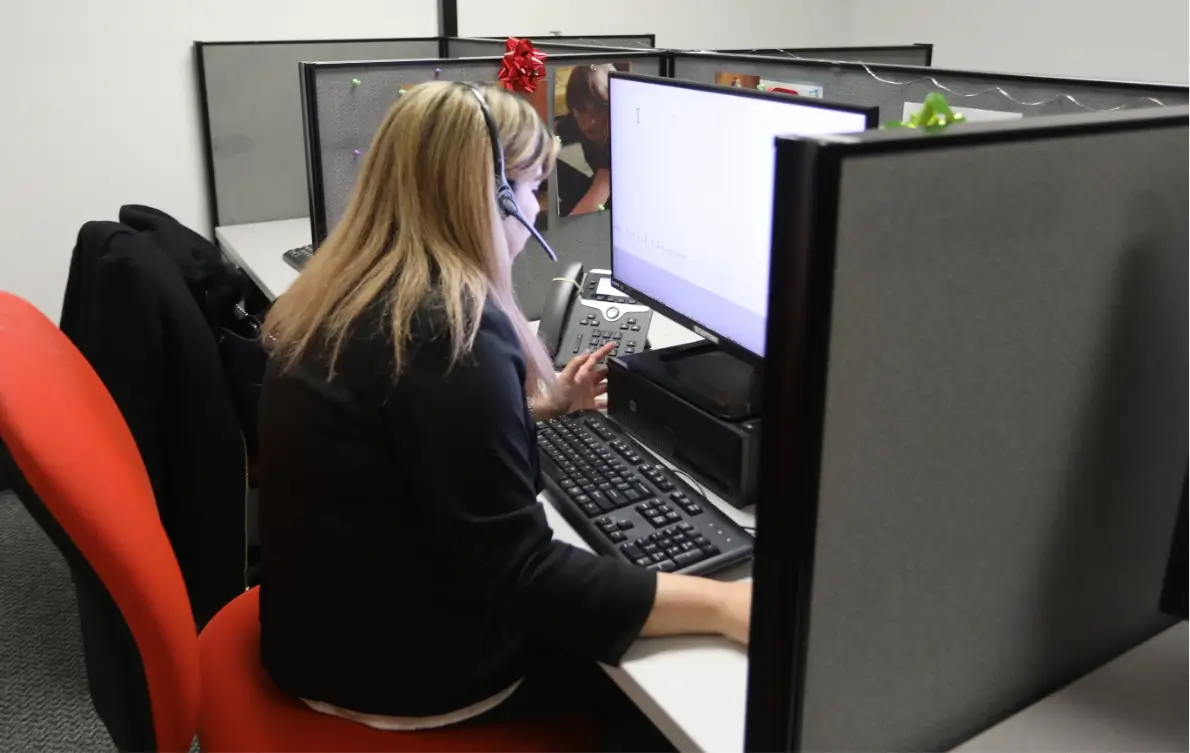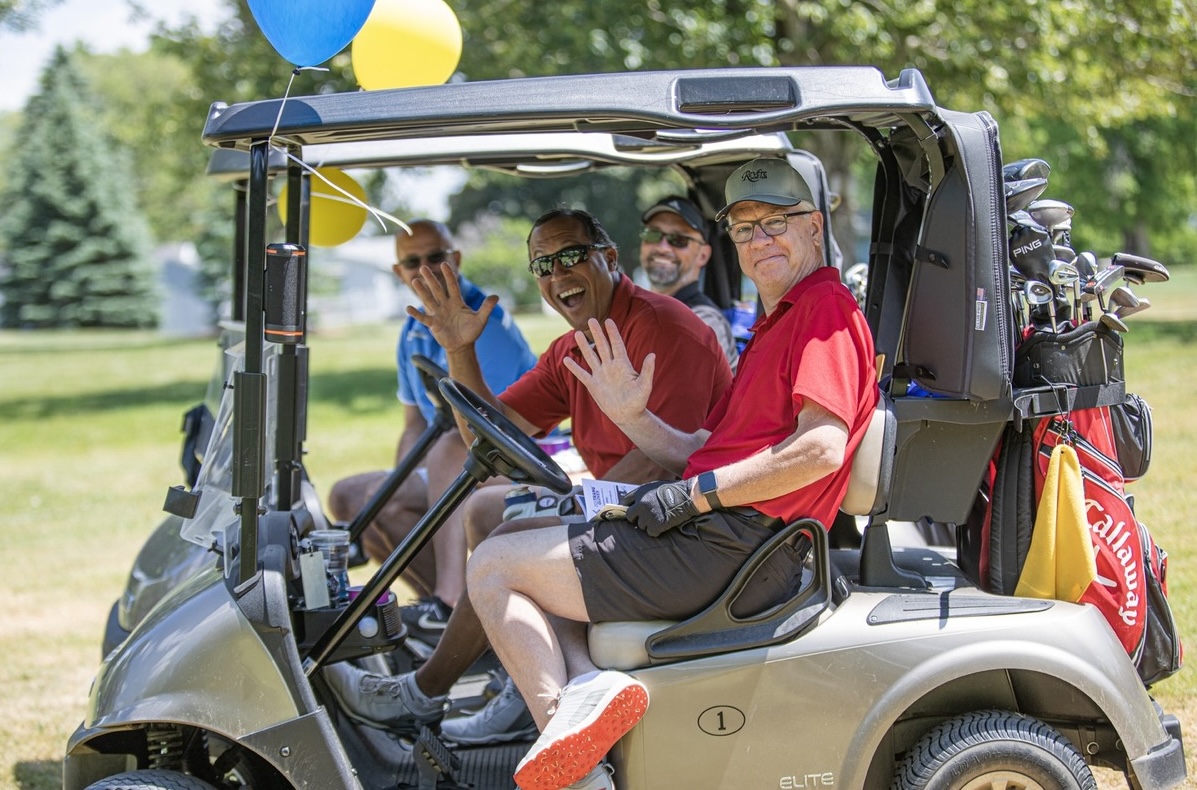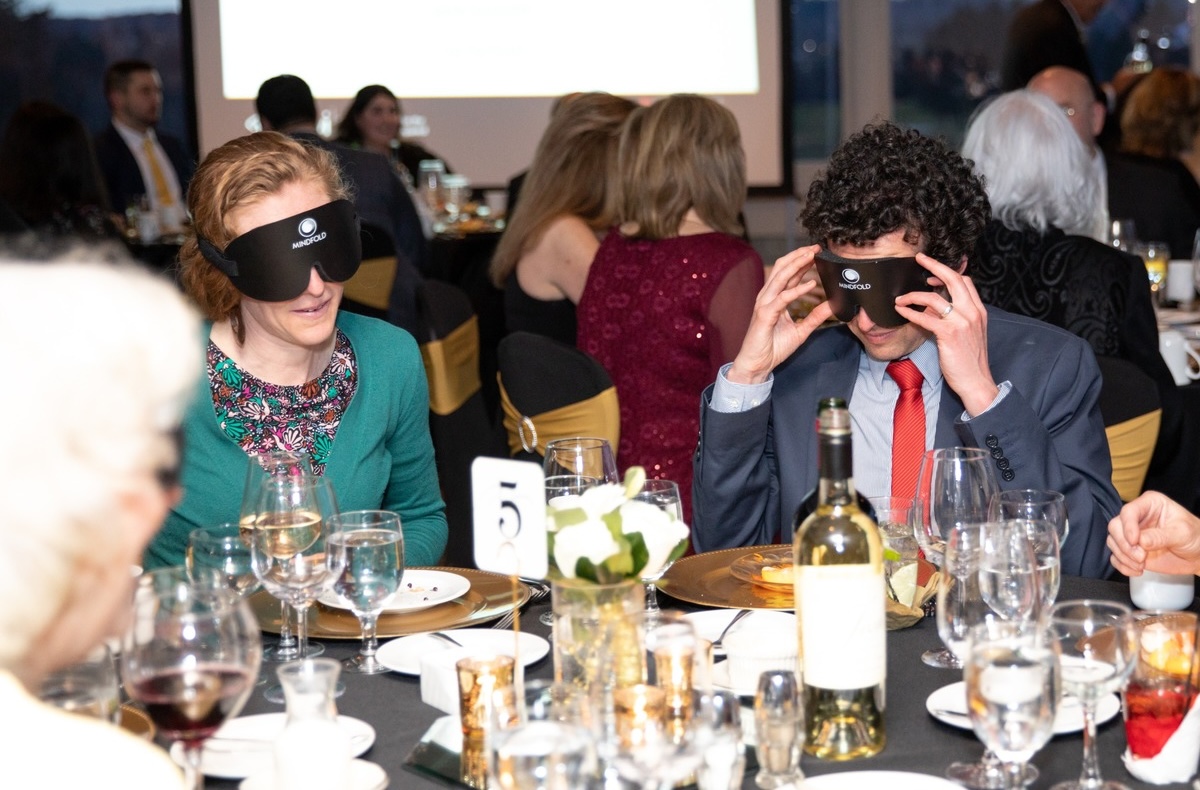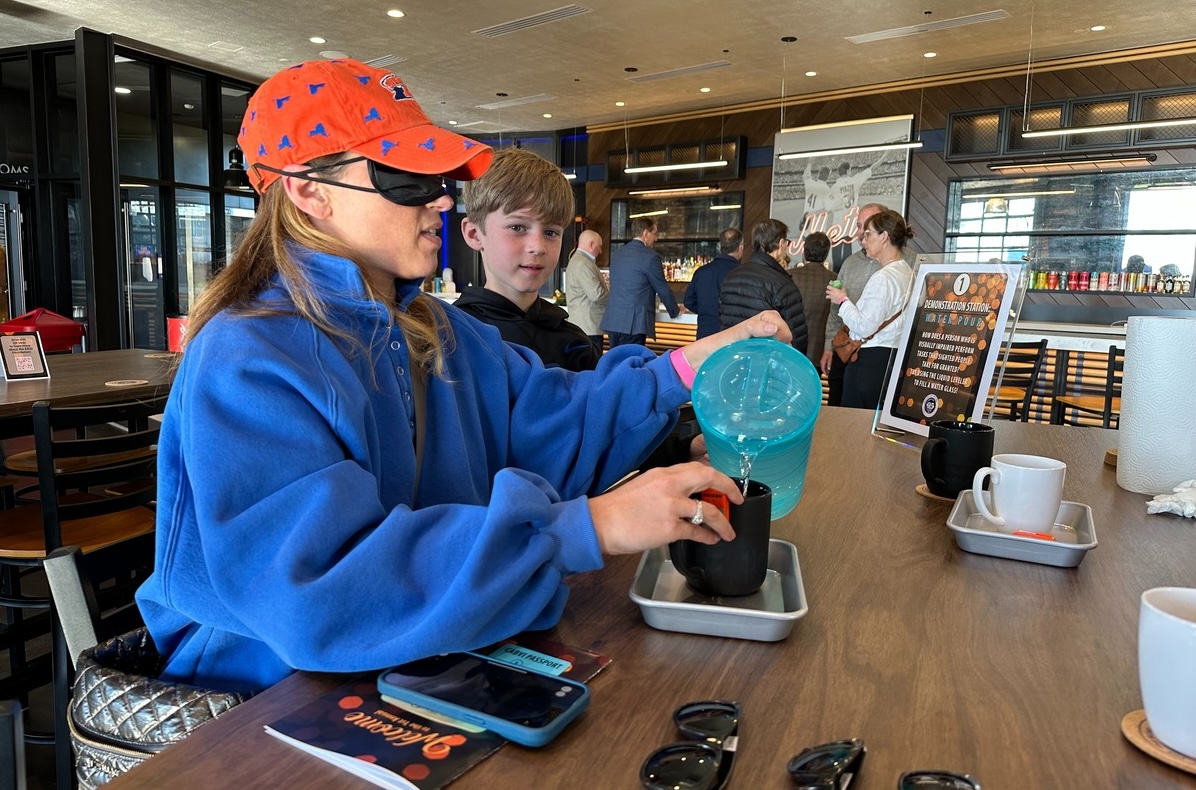Our Services
CABVI assists people who are blind or visually impaired in achieving their highest levels of independence by offering comprehensive programs and services as well as job opportunities. As a social enterprise, CABVI uses commercial strategies to support our mission and maximize the benefits to society.
Low Vision Care
Our low vision optometrists will evaluate your visual impairment and rehabilitation needs to better understand the impact of your vision changes. We will use the latest diagnostic testing equipment to assess your visual needs.
Therapy
We offer low vision rehabilitation and occupational therapy programs. Our therapists work with people with vision loss to identify their needs while providing instruction and equipment that will assist in completing daily activities.
CAMP ABILITIES
Camp Abilities is a youth development program where children who are blind or visually impaired can have a traditional camp experience in a safe environment. There are two sessions each year, one in the summer and one in the winter.
Our Services
CABVI’s social workers provide emotional support for anyone still adjusting to their vision loss by teaching self-advocacy and helping you understand vision loss at different stages of life. They also provide evidence-based coping methods.
Programs
CABVI provides various programs for people of all ages, including assistive technology training, residential rehabilitation programs, orientation and mobility training, and wellness programs.
Events
JUNE 6, 2026
CABVI’s $1 million Lightning Bug Shootout tournament is held at Twin Ponds in New York Mills to raise funds for CABVI programs like Camp Abilities, a youth development program for kids 6 -16 who are blind or visually impaired. During the event, teams compete for a chance to win a variety of big hole-in-one prizes.
Location: Twin Ponds Golf & Country Club
Time: Registration begins at 9 a.m.
AUGUST 30, 2026
The Vehicles for Vision Car show, presented by Village Motors Auto Sales, raises money to help support CABVI’s Vehicles for Vision program. Over the past 37 years, more than 17,000 vehicles have been donated through the program. The proceeds all contribute to CABVI’s programs and services.
Along with dozens of vehicles on display, guests can enjoy live music, raffles and food on the CABVI campus along Elizabeth and Kent streets in Utica.
OCTOBER 25, 2025
Dark Dining is a fine dining experience that raises awareness about visual impairments by allowing guests to experience an elegant meal with senses other than sight. Guests enjoy a delicious, multi-course meal while wearing blindfolds or glasses that simulate different visual impairments such as glaucoma, cataracts, and diabetic retinopathy.
Location: Delta Hotels by Mariott, Utica
Time: Cocktail hour begins at 6 p.m.
An evening of sensory delight is in store at our Sips for the Senses event at the Metropolitan Club at NBT Bank Stadium in Syracuse! Guests can participate in interactive stations that showcase CABVI’s services like assistive technology and occupational therapy. There will also be food, cocktails and raffles! Then guests are invited to stay for the game afterward, on us!
CABVI owns and operates office spaces and warehouse facilities in both Utica and Syracuse, NY, offering various custom business solutions to government and commercial customers.
- Call Center Operations
- Customer Service
- Warehouse and Distribution
- Switchboard and Answering Services
- Third-Party Logistics (3PL)
- Kitting and Packaging
Our customers include the US Department of Transportation, US Department of Veteran’s Affairs, NYS Department of Motor Vehicles, Transportation Security Administration, Academy Games Inc., Medline Industries, Gear Motions Inc., Cathedral Corporation, Asarasi Inc., and Dice Throne Inc.
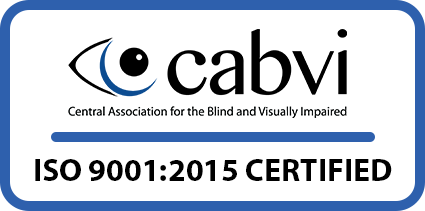
Who We Work With
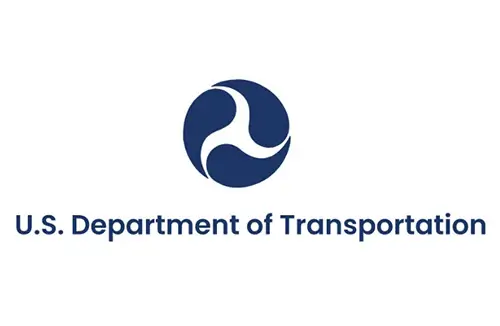
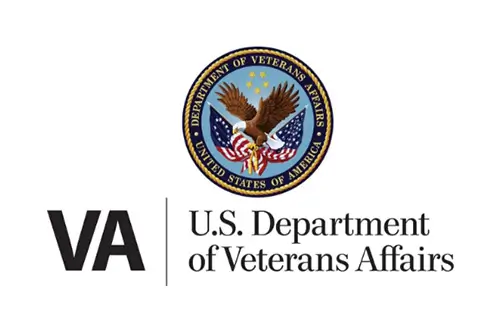
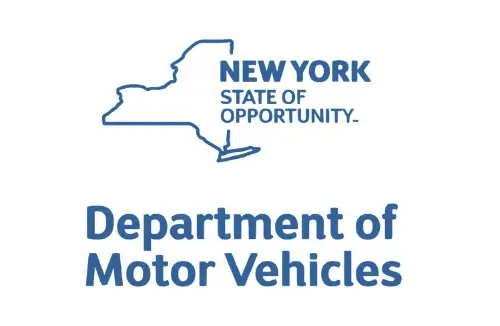
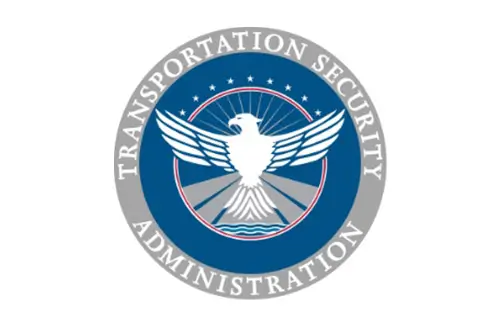

Employment
Meaningful employment is more than just a source of income - it’s a source of pride. Working with our partners at the New York State Commission for the Blind and Visually Handicapped, CABVI is committed to helping individuals find and retain jobs they value both in the community and at our agency.
